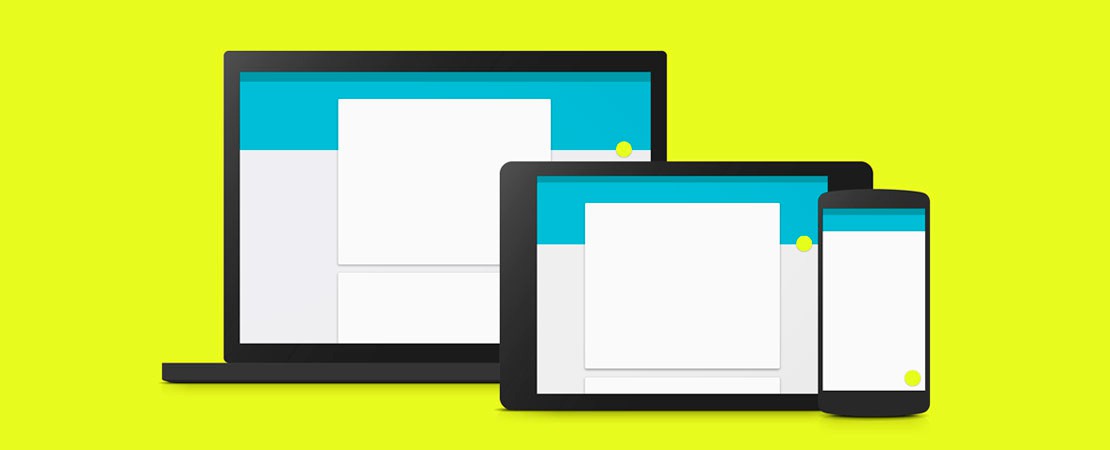
Android has been with us in one form or another for more than six years. During that time, we’ve seen an absolutely breathtaking rate of change unlike any other development cycle that has ever existed. When it came time for Google to dive in to the smartphone wars, the company took its rapid-iteration, Web-style update cycle and applied it to an operating system, and the result has been an onslaught of continual improvement. Lately, Android has even been running on a previously unheard of six-month development cycle, and that’s slower than it used to be. For the first year of Android’s commercial existence, Google was putting out a new version every two-and-a-half months.
The rest of the industry, by comparison, moves at a snail’s pace. Microsoft updates its desktop OS every three to five years, and Apple is on a yearly update cycle for OS X and iOS. Not every update is created equal, either. iOS has one major design revision in seven years, and the newest version of Windows Phone 8 looks very similar to Windows Phone 7. On Android, however, users are lucky if anything looks the same this year as it did last year. The Play Store, for instance, has had five major redesigns in five years. For Android, that’s normal.

Looking back, Android’s existence has been a blur. It’s now a historically big operating system. Almost a billion total devices have been sold, and 1.5 million devices are activated per day—but how did Google get here? With this level of scale and success, you would think there would be tons of coverage of Android’s rise from zero to hero. However, there just isn’t. Android wasn’t very popular in the early days, and until Android 4.0, screenshots could only be taken with the developer kit. These two factors mean you aren’t going to find a lot of images or information out there about the early versions of Android.
Androïd versions
Android 0.5 Milestone 3—the first public build
Android 0.5 Milestone 5—the land of scrapped interfaces
Android 0.9 Beta—hey, this looks familiar!
Android 1.0—introducing Google Apps and actual hardware
Android 1.1—the first truly incremental update
Android 1.5 Cupcake—a virtual keyboard opens up device design
Google Maps is the first built-in app to hit the Android Market
Android 1.6 Donut—CDMA support brings Android to any carrier
Android 2.0 Éclair—blowing up the GPS industry
The Nexus One—enter the Google Phone
Android 2.1—the discovery (and abuse) of animations
Android 2.1, update 1—the beginning of an endless war
Android 2.2 Froyo—faster and Flash-ier
Voice Actions—a supercomputer in your pocket
Android 2.3 Gingerbread—the first major UI overhaul
Android 3.0 Honeycomb—tablets and a design renaissance
Google Music Beta—cloud storage in lieu of a content store
Android 4.0 Ice Cream Sandwich—the modern era
Google Play and the return of direct-to-consumer device sales
Android 4.1 Jelly Bean—Google Now points toward the future
Google Play Services—fragmentation and making OS versions (nearly) obsolete
Android 4.2 Jelly Bean—new Nexus devices, new tablet interface
Out-of-cycle updates—who needs a new OS?
Android 4.3 Jelly Bean—getting wearable support out early
Android 4.4 KitKat—more polish; less memory usage










